Did you know that scissors, in a basic shear-like form made from one piece of metal, were invented in 1500 BC in Egypt, and further modifications to the design, allowing a crosscut action, were made by the Romans in 100 AD? If you too think that it is high time to bring the classical form up to date, have a look at these innovative designs.
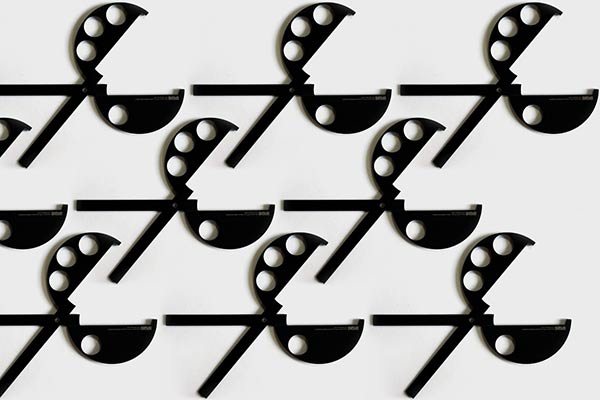
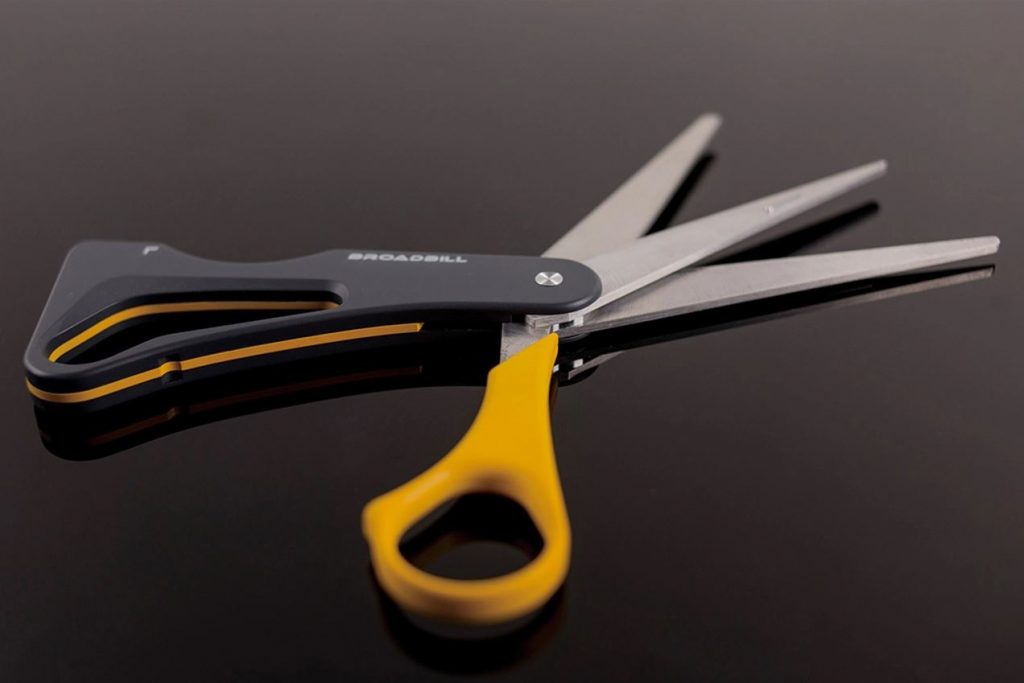
The Broadbill Scissors by Li-Wen Li (via iF World Design Guide)
Typical scissors are for right-handed people, while lefties (who are approx. of the world’s population and the number is still growing) need to have special scissors manufactured, with the blades mirror-reversed. The award-winning design by Li-Wen Li are versatile enough to suit both right-handed and left-handed people – the user should simply turn the edge of the blade.

The Broadbill Scissors by Li-Wen Li (via iF World Design Guide)
The Broadbill Scissors are conceived to be multifunctional. When the three blades are used simultaneously, they can be used as a shredder; while when the two outer blades are retracted, the remaining one can be used as a box opener. The design is also efficient in terms of production.
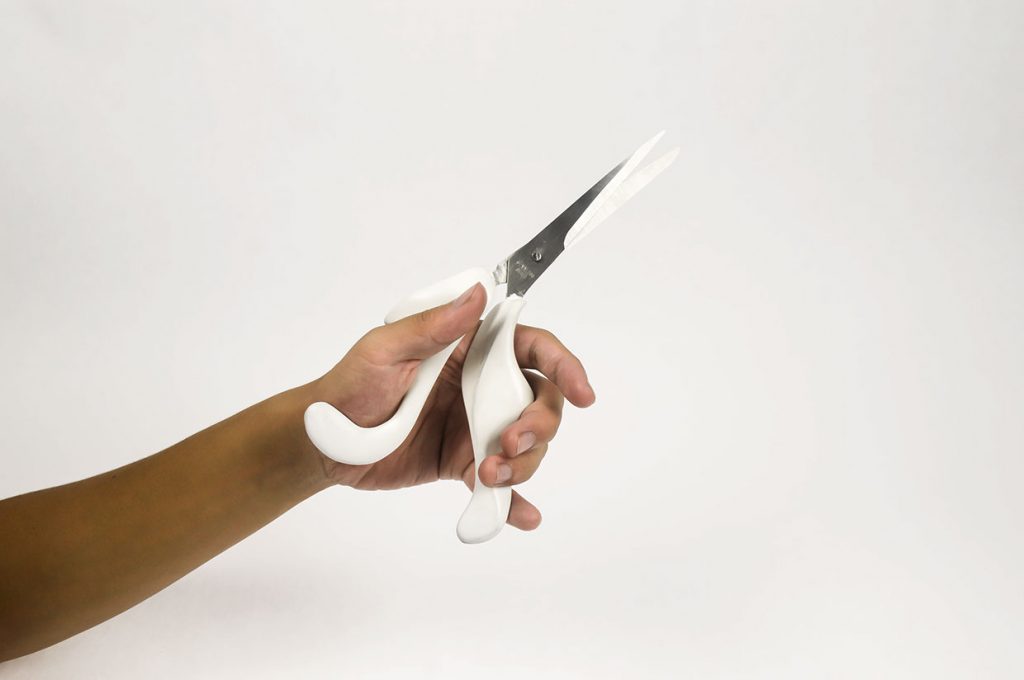
Scissors for sufferers of carpal tunnel by Lucy Yip, Sarah Koh, and Sophie Lin
The research-driven scissors by Lucy Yip, Sarah Koh, and Sophie Lin are adapted for those inflicted by carpal tunnel syndrome. Aiming to minimize focused pressure in order to avoid causing pain or further damage, this design offers an entirely new way of gripping.
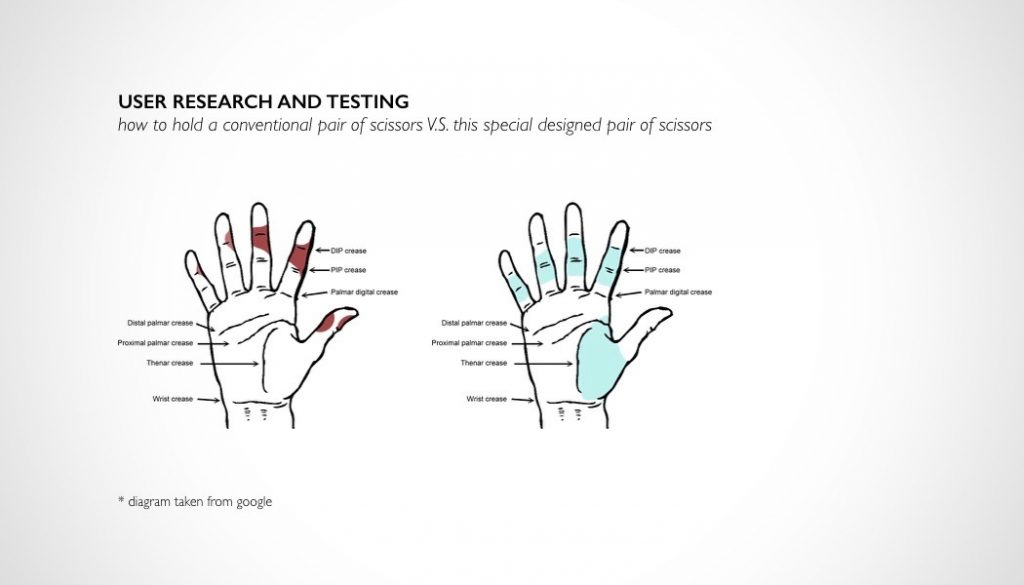
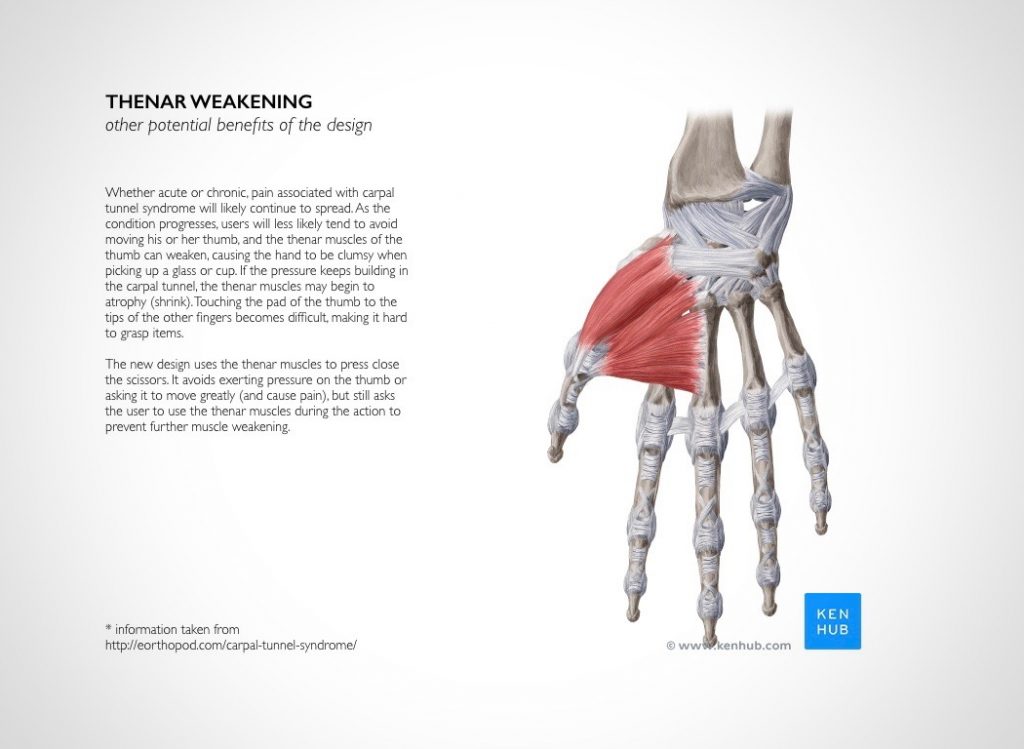
Scissors for sufferers of carpal tunnel by Lucy Yip, Sarah Koh, and Sophie Lin
Instead of the traditional method of opening and closing with purely finger movements, the new ergonomic handles are shaped so the user grabs it with their whole hand, distributing pressure to the thenar muscle and alleviating stress on the problematic median nerve.
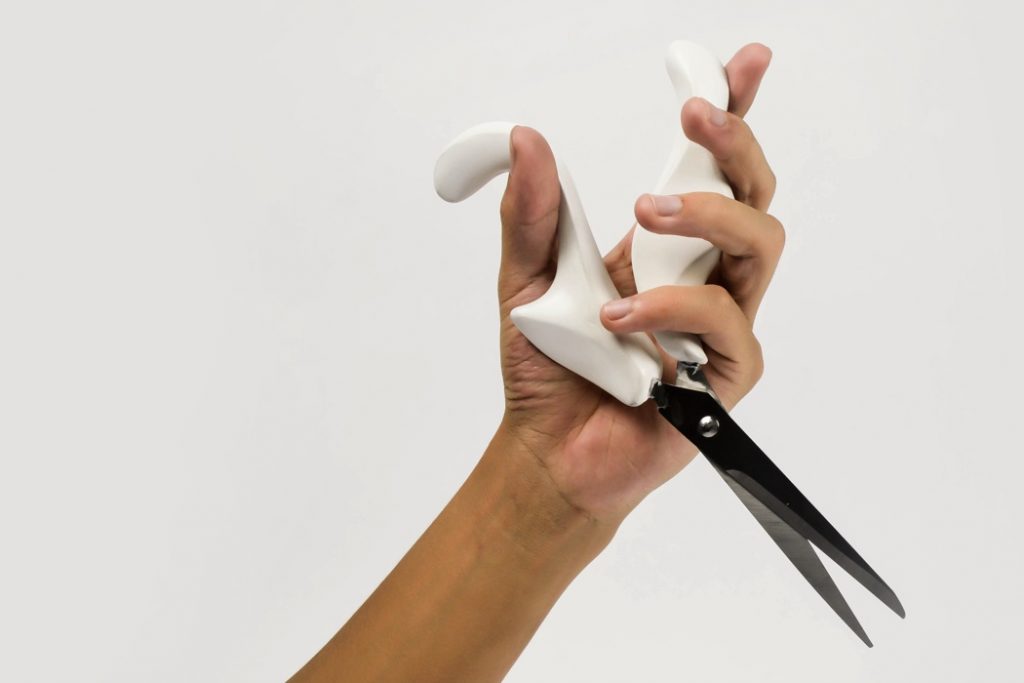
Scissors for sufferers of carpal tunnel by Lucy Yip, Sarah Koh, and Sophie Lin
Furthermore, the angle of standard scissor designs tends to make the user point their wrists down, which puts pressure on the source of nerve damage, thus progressing the carpal tunnel for those suffering from the syndrome. With consideration of this issue, the angle has been adjusted to prevent wrist strain.
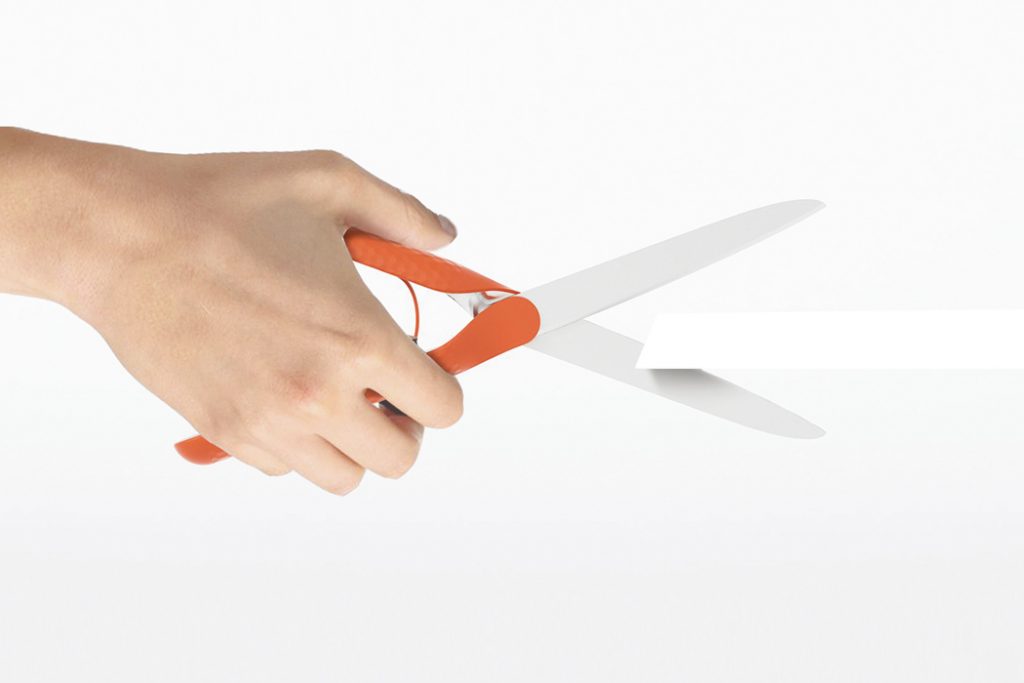
Cizorz by Serge Atallah
Cizorz by French designer Serge Atallah goes even further and offers an entirely new and innovative aesthetic and storing solution. This Red Dot Winner features a structural core, a hardened steel blade and a leaf spring and functions in the same way as conventional scissors.
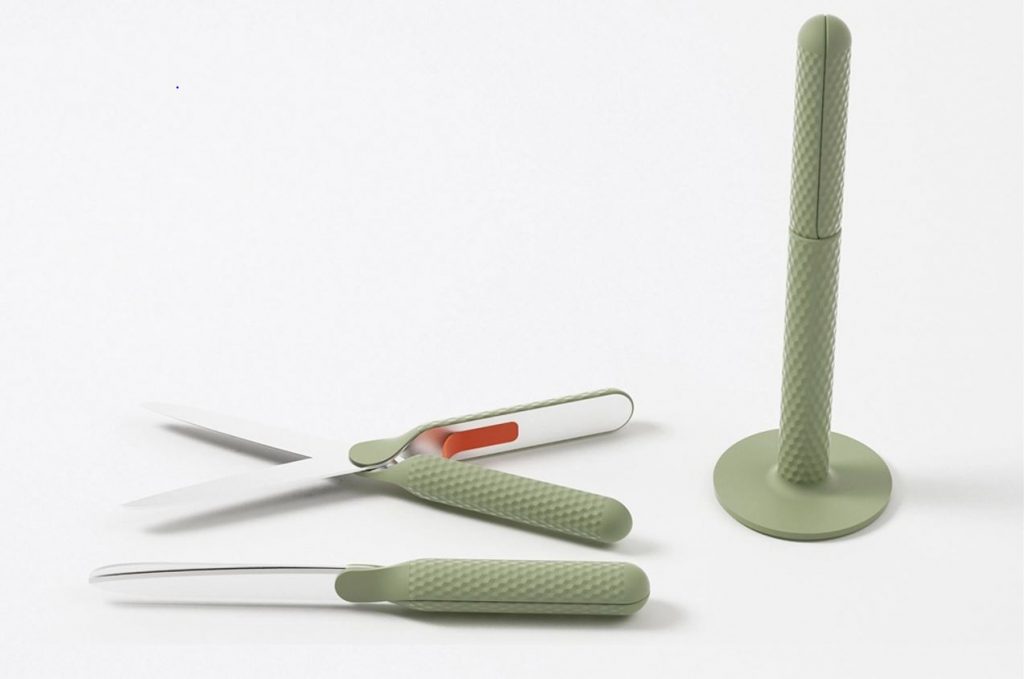
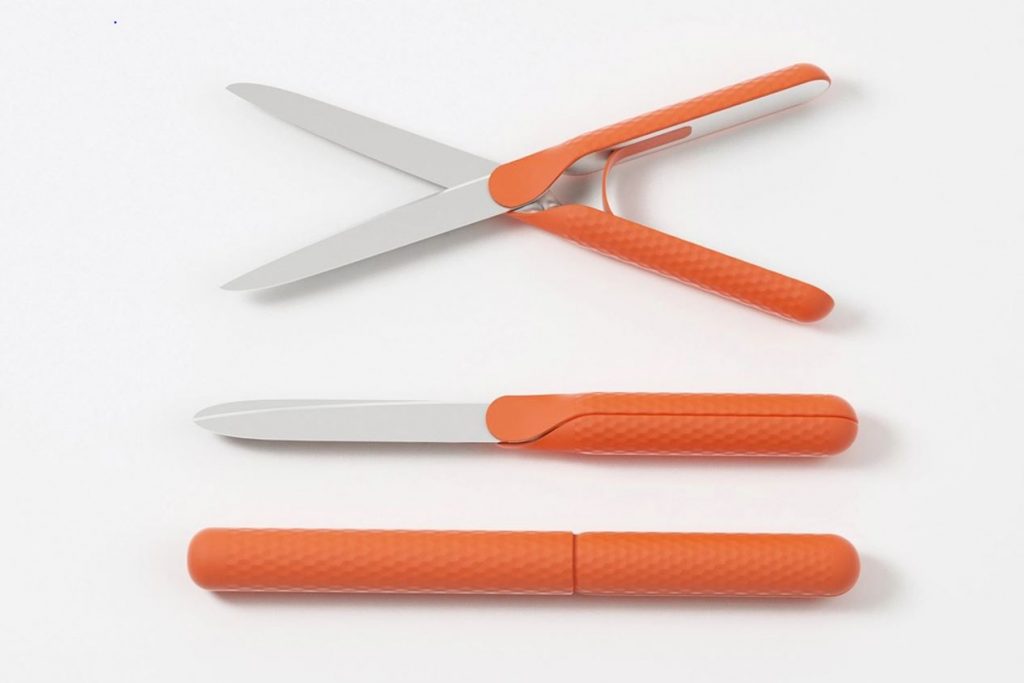
Cizorz by Serge Atallah
However, when not needed, it can be compressed and easily be placed in an upright holder that follows its cylindrical form.
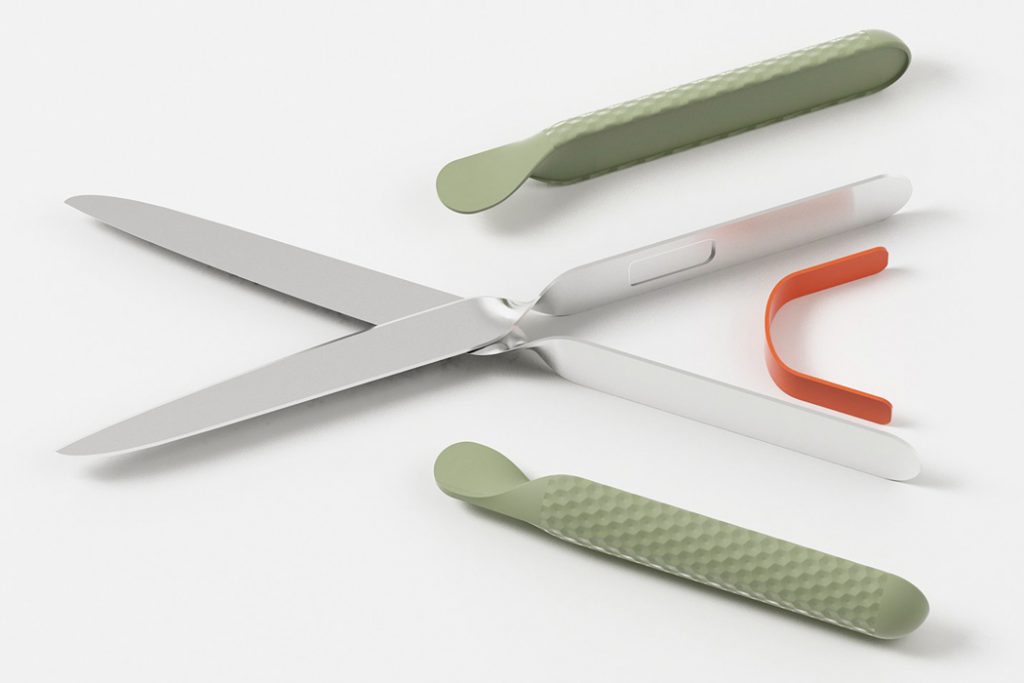
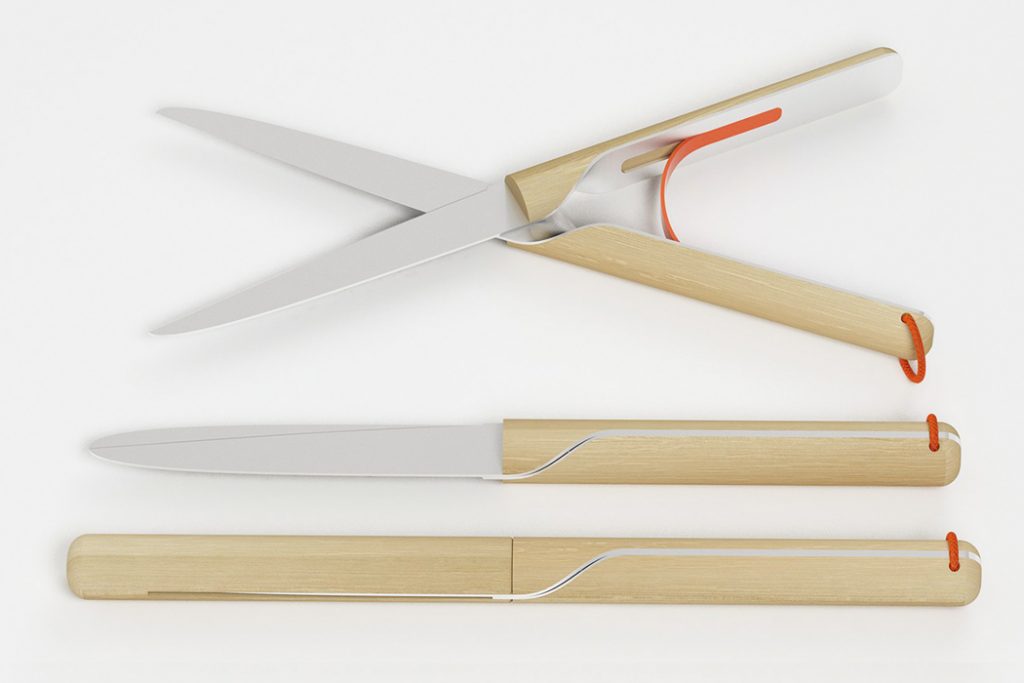
Cizorz by Serge Atallah
As slim as a butter knife, it can be stored safely, wrapped in a non-slip silicon finish, wood, or bamboo depending on the user’s unique taste.
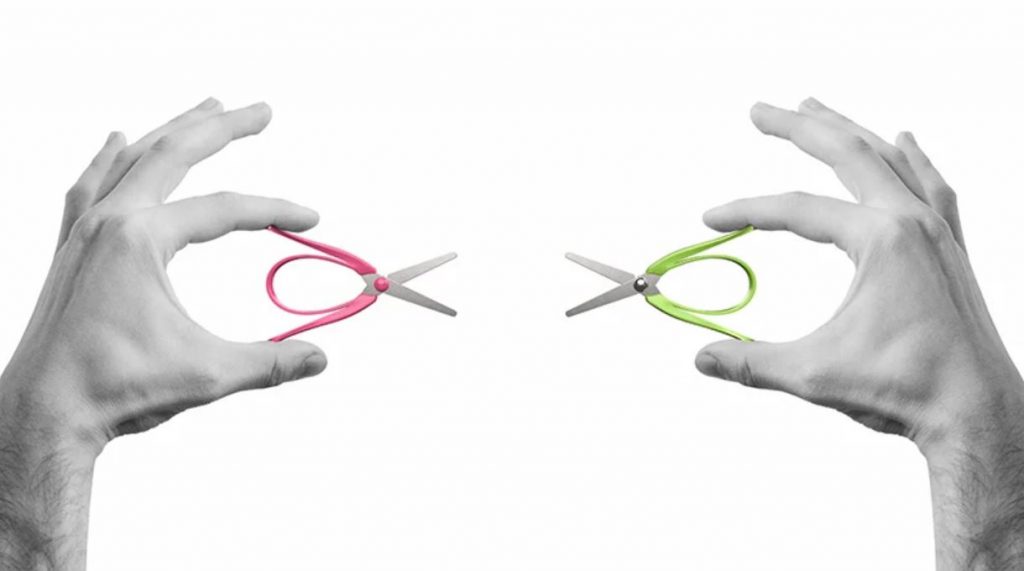
Bendit by Jónás Attila (via designboom)
The designer from Slovak Republic Jónás Attila breaks the archetypical perception of traditional-type scissors with his easily storable scissors design. Named Bendit, the piece features blades made of stainless steel, as well as a body and a screw nut that are 3D printed or injection-molded of LDPE (low-density polyethylene).
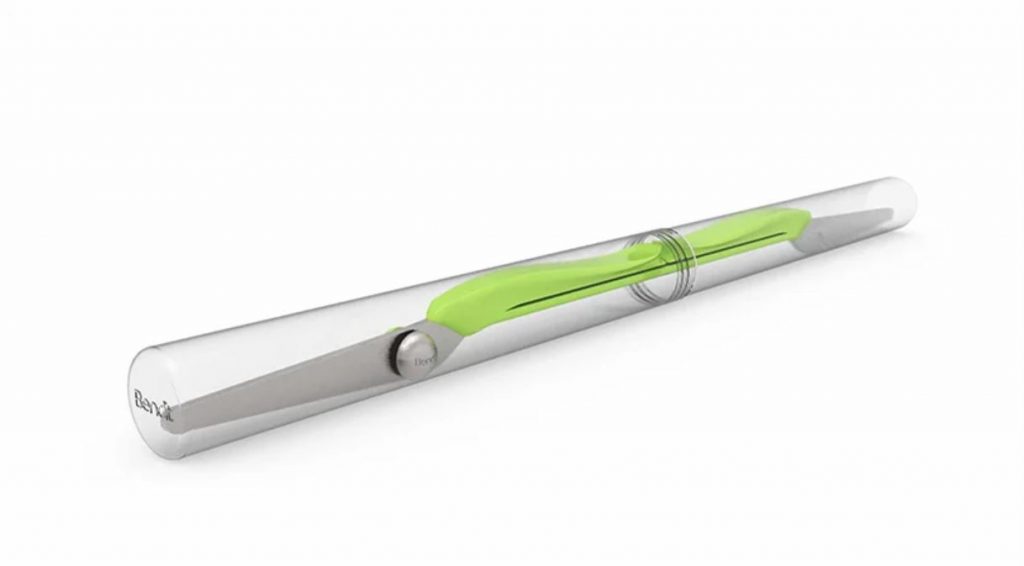
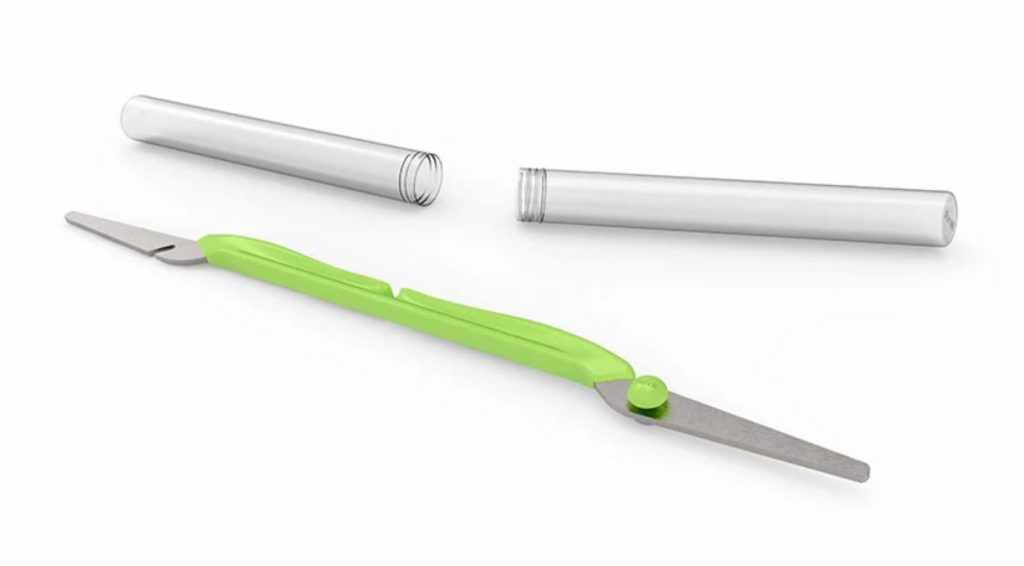
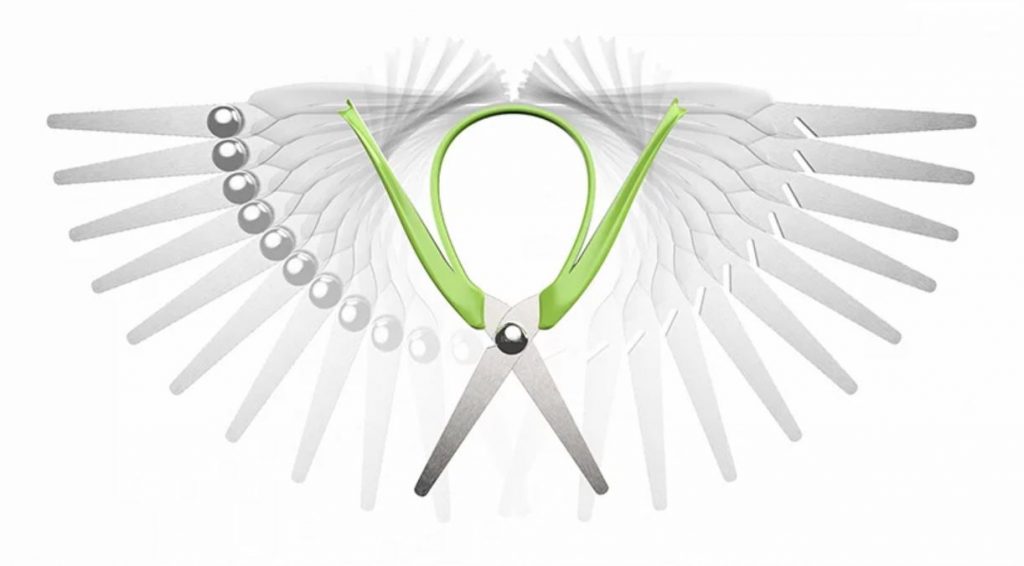
Bendit by Jónás Attila (via designboom)
When not in use, Bendit is stored in a transparent cylindrical case. The user only needs to fold the piece and attach the blades to use it in the same way as conventional scissors.
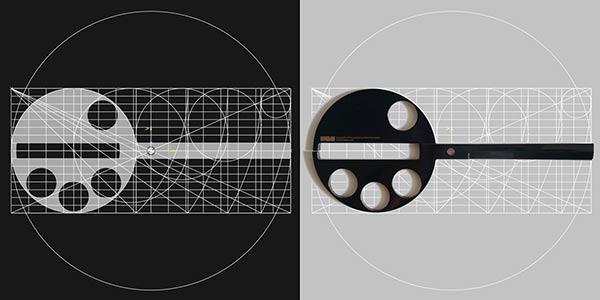
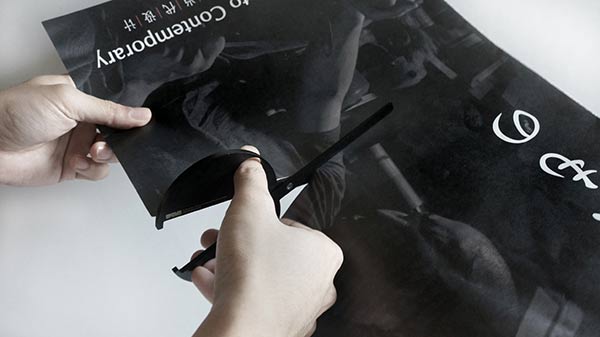
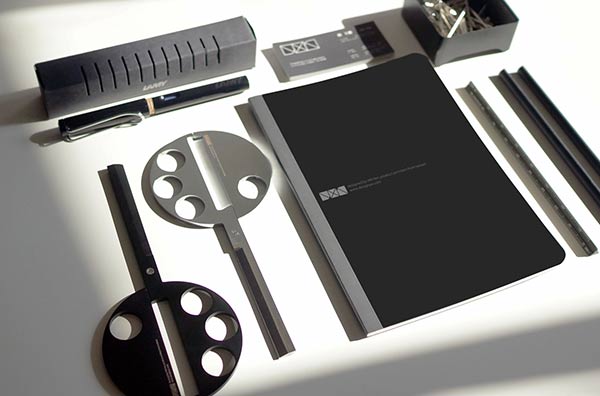
Mathematics by iAN Yen & Design YxR (via yankodesign; also header image)
Developing his Mathematics scissors, deisgner iAN Yen of Design YxR applied the Golden Ratio principle to give the humble office tool perfect proportions without sacrificing comfortable ergonomics. The resulting product can boast a sleek graphical design and minimal aesthetics, so the user can display it proudly on the desk.
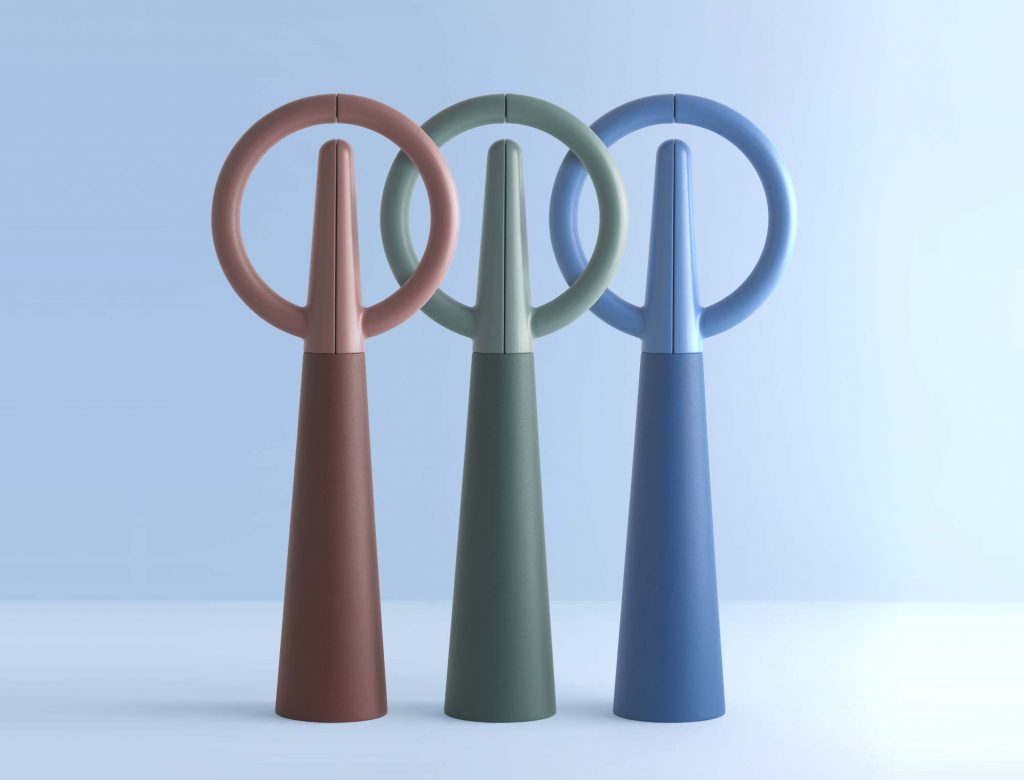
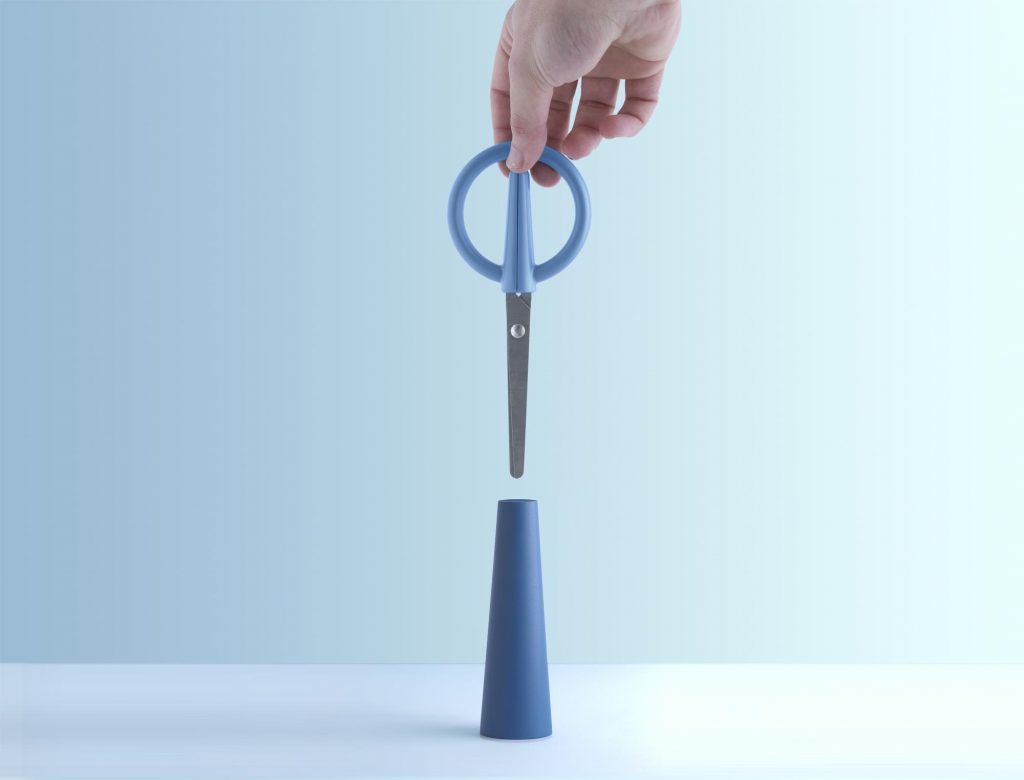
Ctrl-X Scissors by Alessio Romano
Speaking of designs that would look good on any desk, the Ctrl-X Scissors by Alessio Romano, studio based in Cannes and Milan, should be mentioned. Taking their name from the shortcut used universally to cancel or cut a selection, the product includes a cone serving as the base for the freestanding structure and protecting the blades and circular ergonomic grips to achieve balance.
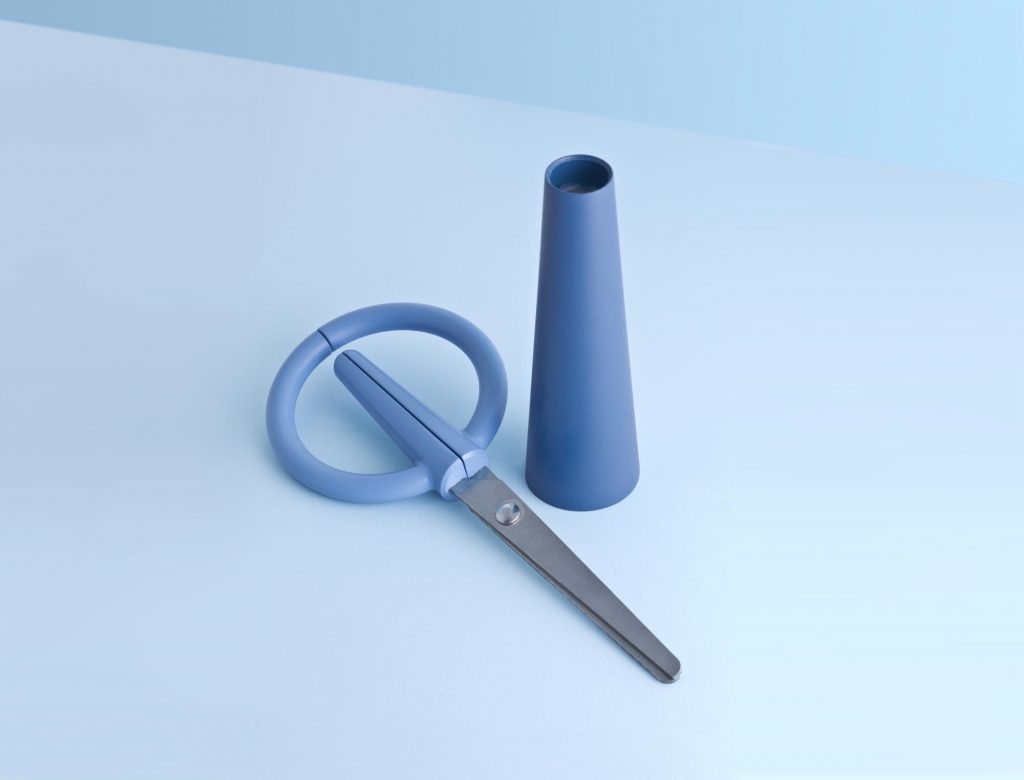

Ctrl-X Scissors by Alessio Romano
By marrying the two shapes, the stand achieves a high degree of stability, making it well suited to a multitude of settings. This free-standing scissor is perfect to be placed in different working environments or kitchen, always ready to be grabbed.